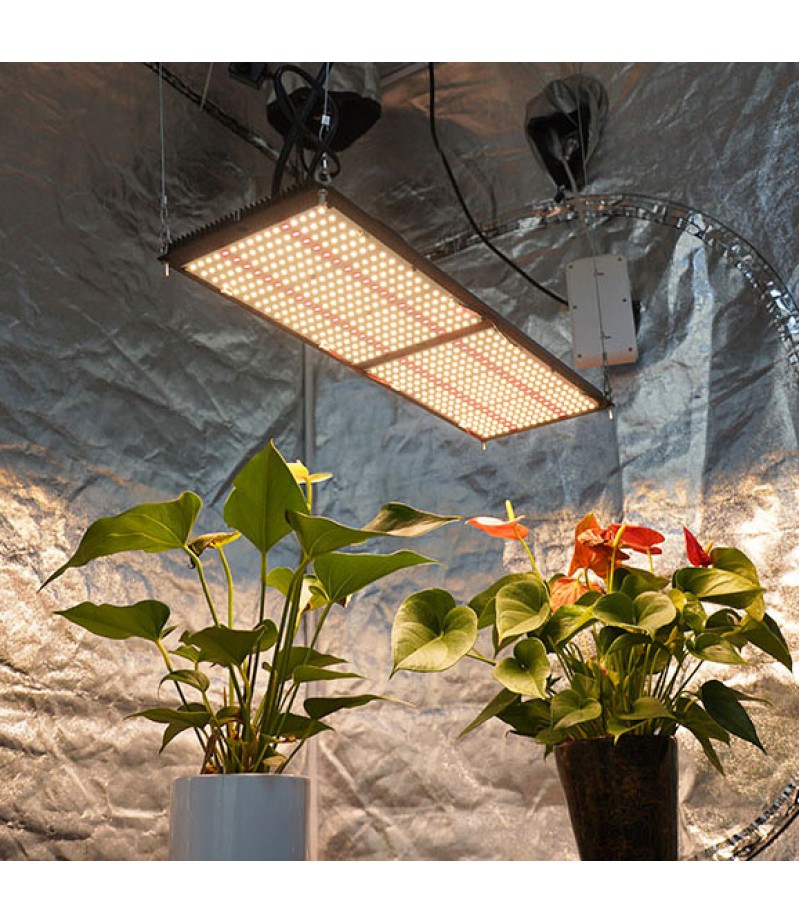An indoor plant or nursery can bring a genuine much needed refresher to a room’s stylistic theme, presenting a smidgen of nature into your very own living space. You can even grow a few vegetables indoors, opening up new produce even to those trapped in a little city condo. Really focusing on those indoor plants, be that as it may, has consistently been a test: even in sufficiently bright rooms, many plants can’t get adequate light to grow as completely as they would somehow. To reduce this, most indoor growers buy a grow light. Generally grow lights have been brilliant or fluorescent lights, yet as of late, incredible steps have been made in LED (light-discharging diode) lights. In any event, for prepared indoor growers, the advantages and limitations of utilizing LED grow lights are not in every case clear – at the very least since you need to utilize them to some degree uniquely in contrast to a standard grow light.

While glowing and fluorescent lights in fact utilize various techniques for delivering light, they share one crucial trademark: the light created from the light is basically a result of a synthetic response. In a glowing bulb, this response is brought about by power going through a fiber; in a fluorescent cylinder, a gas is utilized all things considered. Regardless, there are aftereffects to depending on this science for your light. To begin with, since the light is a “byproduct” of the response, substantially more energy must be devoured by the light to really produce that light. This differentiations with LEDs, which produce light straightforwardly because of an electrical led grow going through them. Energy costs over the long run will more often than not be drastically lower with proceeded with utilization of LED grow lights.
Second, the compound response that gives light in the more established bulbs additionally creates a lot of hotness, as any individual who contacted a light as a kid is agonizingly mindful. With the measure of light important to grow indoors, and the best closeness of that light to the plants, overseeing temperatures so as not to sear the growing plants can be troublesome. LEDs create basically no hotness by any means, making generally speaking temperature the board a lot less difficult. Photosynthesis can be extremely precarious. Various plants require various frequencies of light at various focuses in their life cycles for ideal growing. Since getting the right tone on brilliant and fluorescent lights is frequently more difficulty than it is worth, most rather work on a wide range. This outcomes in basically squandered energy, as the frequencies the plants don’t need are not used. LEDs arrive in a wide assortment of shadings and frequencies to take into consideration legitimate tuning and energy use with almost no work.
